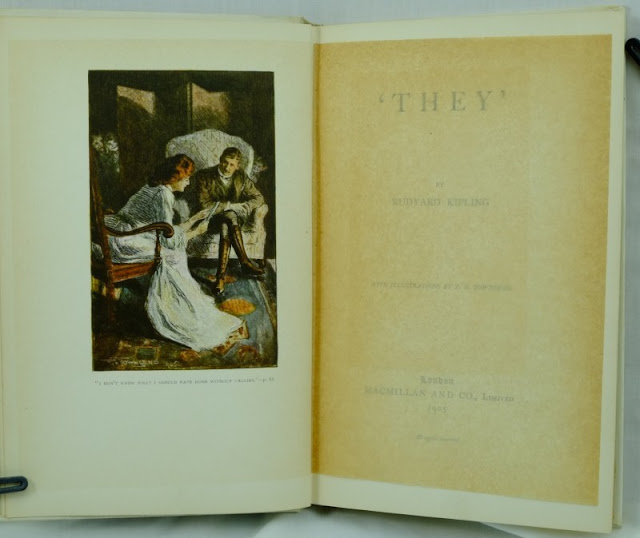[The illustration shows a table of trigraphs from a WW2 German naval codebook.]
Chanteuse/Cantatrice was published in 2007, towards the end of Catherine Daly's brief ultra-prolific period, during which she published eight books.
The poem reads from both ends, hence the two jackets shown here, and the double titles of each poem.
The poem is a dazzling historical meditation around the themes of singing, betrayal, complicity, resistance, collaboration, staying alive, and cabaret. There's a lot of early 20th-century history here; also a lot of the Bible, fabrics, design, computer technology, cheesy FM radio pop and all sorts of other things. Daly in this DaDaDa-esque mode is polymathic, or rather, she makes polymathic designs.
Here, for instance, is the Middle Eastern supper section of "21 Days" / "1001 Nights"
*
a pretty girl can get by on looks
stories
aristocracy of beauty
broidered and bordered purfled
a girl can just sing, sing for her supper
strained wine clear as olive oil
Shami apples, Osmani quinces, and Omani peaches
Sultani oranges and citrons
Aleppine jasmine, scented myrtle berries, Damascene nenuphars,
flower of privet and chamomile, blood red anemones, violets,
pomegranate bloom, eglantine, and narcissus
mutton wrapped in banana leaf
pistachio kernels, Tihamah raisins, shelled almonds
open-orked tarts, fritters scented with musk, lemon loaves, melon
preserves, Zaynab's combs, ladies' fingers, Kazi's tit-bit
pickled safflower and olives, in brine and in oil; with tarragon
and cream cheese and hard Syrian cheese
beautiful, indifferent girl
*
It's nearly all from Richard Burton's translation of "The Porter and The Three Ladies of Baghdad" in the Arabian Nights ---
behold, there stood before him an honourable woman in a mantilla of Mosul silk, broidered with gold and bordered with brocade; her walking-shoes were also purfled with gold.... (compare line 4 of the extract above)
Shami : Syrian in this context, according to the commentator Abdulfeda.
Osmani : Turkish, Ottoman
flower of privet : Burton's fancy rendering of henna flowers (Lawsonia inermis)
nenuphars : water-lilies
Tihamah: Red Sea coastal plain of Arabia
open-orked : open-worked in Burton
Scheherezade's situation ("singing" to stay alive) is linked by Daly to the women in war-time Europe with which her book is largely concerned.
Here's another extract to demonstrate the mixed mode in which the book mainly works:
*
"If this is Upper Silesia, what must Lower Silesia be like?"
by itself, a rotor performs simple encryption
substitution cipher
a rotor, one of 26 positions
calls on language to act on people, then a multitude
via pirate radio? mp3?
Edelweiss Pirates, proletarian, criminal
found
and never
until they are
where lost things
Hoch's buried collage
one or more musicians
in different places or groups work on the same
lyric, story, cause, reason
song, side, system
musician network
"workers report" method
hanged from meat hooks suspended from a T-bar across the ceiling of
the execution chamber
Order of the Red Banner
Order of the Fatherland War, First Class
geostationery satellite
wireless
code
based on a fantasy novel written pseudonymously
with a title including the name of John Calvin's Greek teacher
"putting an arm round the neck of her guide, who set her down upon
the pavement without so much as ruffling the trimming of her green
dress. No lover would have been so careful"
*
(from "White Rose" / "Red Orchestra")
White Rose, Red Orchestra : resistance groups in Nazi Germany
"If this is Upper Silesia..." : P. G. Wodehouse, from his wartime broadcasts.
"a rotor performs simple encryption": loosely based on the Wikipedia entry for
Enigma machine.
Hoch: Hannah Höch, pioneer of photo-montage
Order of the Red Banner, Order of the Fatherland, First Class: Soviet military decorations awarded to Mildred Fish-Harnack of the Red Orchestra (Rote Kapelle)
John Calvin's Greek teacher: Andrea Alciati, or Melchior Wolmar? (I haven't been able to trace the pseudonymous fantasy novel.)
"putting an arm round the neck of her guide..." From the opening paragraph of Ellen Marriage's translation of Balzac's A Woman of Thirty (Une femme de trente ans).
*
I wrote about some of Catherine Daly's other books in these three pieces:
[The illustration shows a German WW2 Enigma encryption machine. The plugboard at the front increased encryption complexity by temporarily swapping letter-pairs, in this case A-J and S-O. It was normal to swap about ten pairs.]
Labels: Catherine Daly


































